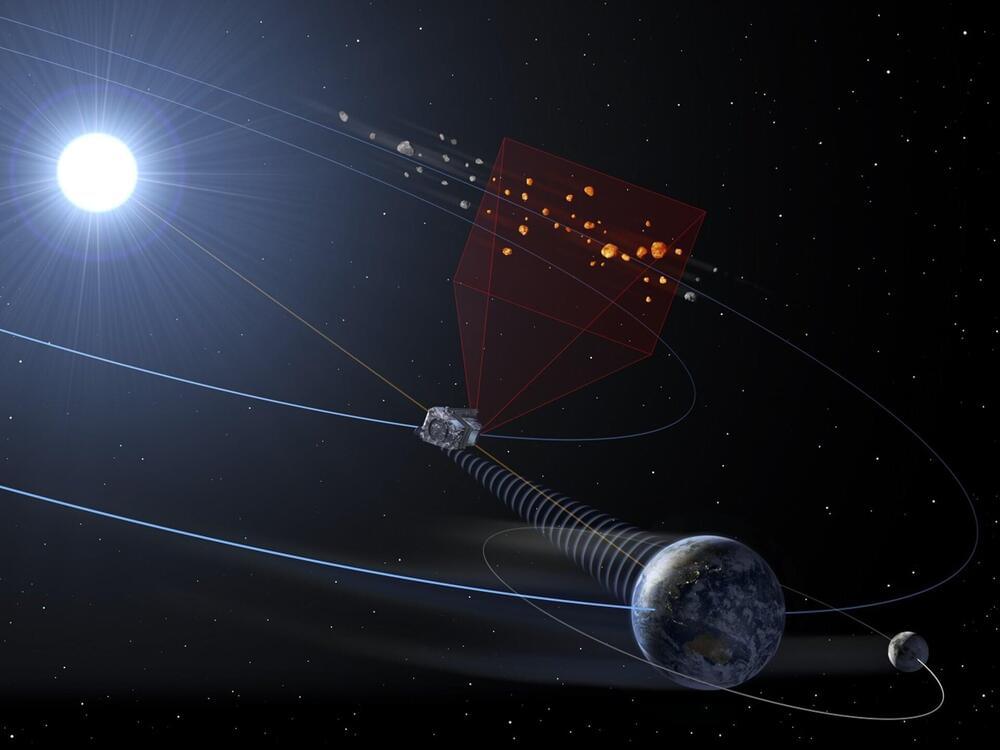This innovative startup is revolutionizing architecture — with building panels made out of fastest-growing perennial grass on Earth.
With housing shortages in need of quick fixes, the manufacturing industry is facing a conundrum: how to source materials and build structures while cutting down on emissions. The answer lies with sustainable construction — not only could it help reduce our environmental impact, but it also keeps costs low during implementation.
Recently, a new startup named Plantd achieved a milestone of building ultra-strong building panels out of the fastest-growing perennial grass on Earth — the best sustainable alternative to construction.
Building materials stronger than wood
Plantd recently developed a sustainable solution to capturing carbon dioxide from the atmosphere – long perennial grass. This rapid-growth plant can reach lengths of 20 — 30 feet in just one year, making it an ideal choice for building materials.
This type of grass does not need replanting every season and can store large amounts more CO2 than trees. Due to this, Plantd believes that these plants could help in reducing the effects caused by global warming faster than traditional methods.







